5 Species That Ended Because Of Humans
By: Sandeep Thu, 09 Nov 2017 1:53:31
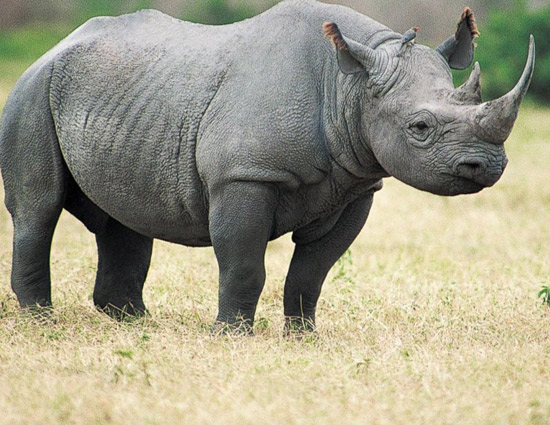
With drugs fully capable of curing erectile dysfunction hitting the shelves in 1998, it would seem that people would move away from ingesting rare plants and animals for sexual purposes. Unfortunately, this is not the case, largely due to local culture and the cost of said pills. Men have sought a cure for sexual dysfunction for thousands of years in the form of various animals and their parts. Because of this, we have threatened and even forced some organisms into extinction just so we can get it on.
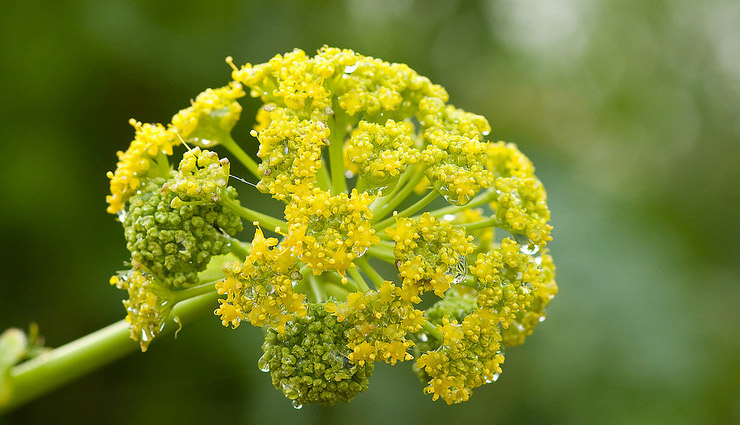
# Silphium
Silphium was harvested by our ancient ancestors due to its contraceptive effects when ingested. Silphium was used by the ancient Greeks and Romans for more than 700 years before it was finally over-cultivated into extinction by the first century BC. They used the farmland so much, the soil became exhausted and unable to sustain further plant growth. Silphium went extinct due to the overactive sexual activities of our ancestors not wanting to have . . . well, us.
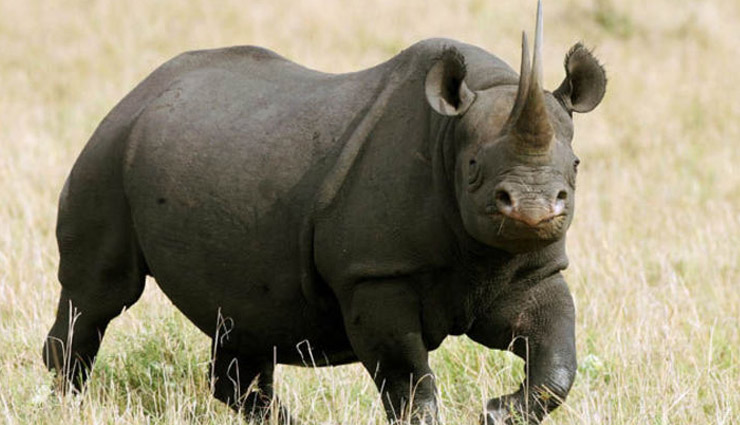
# Black Rhinoceros
Chinese medicine has been prescribing rhino horn for more than 1,800 years, but recent interest in Vietnam has all but ensured the black rhino’s extinction. Thought to cure cancer, liver problems, and much more, the rhino horn has become more valuable than gold in Vietnam, fetching as much as $100,000 per kilogram. Doctors prescribe it for the wealthy elite of Vietnam, and an increased appetite has diminished the species significantly.
The belief that the horn is used as an aphrodisiac is a Western myth, but the myth has become so widespread over the years, people in Vietnam have increased demand to meet this need. A rhino horn is nothing more than keratin and has no recognized medicinal properties, but that hasn’t stopped people from ingesting it to boost their virility. The black rhinoceros is currently listed as critically endangered.
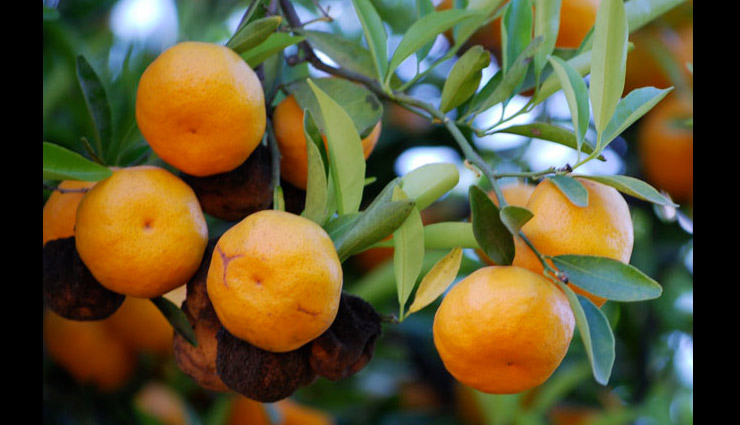
# Citropsis Sex Tree
Some men in Uganda have become increasingly aware and fearful for the fate of the citropsis tree, locally known as “omuboro” and also the “sex tree.” The roots of the citropsis have been used to combat erectile dysfunction, and its potential extinction is a serious concern. Men interested in ingesting the roots tend to uproot the tree and make no attempts to replant it, which has led to the overall decline of the plant.
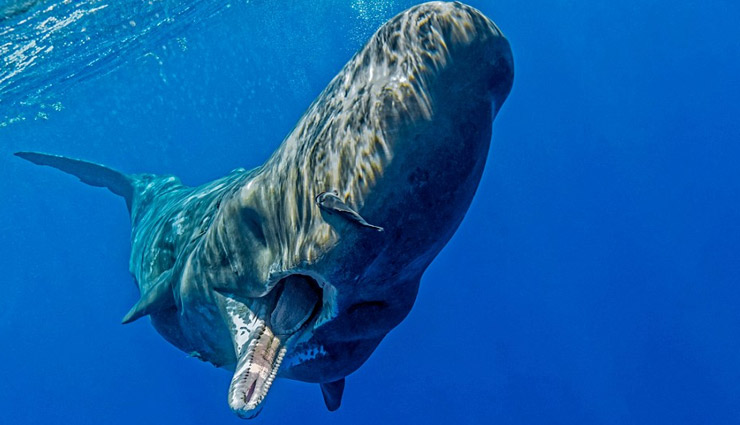
# Sperm Whales
No, these giant mammals are not targeted for that substance in their names, but rather something produced in their guts. Sperm whales produce a substance called ambrein in their digestive tracts. It has long been used by numerous cultures to treat sexual function in men and women. What’s so different about this particular aphrodisiac and the others on this list is that there is scientific evidence that it works—even when the male who takes it has no female partner.
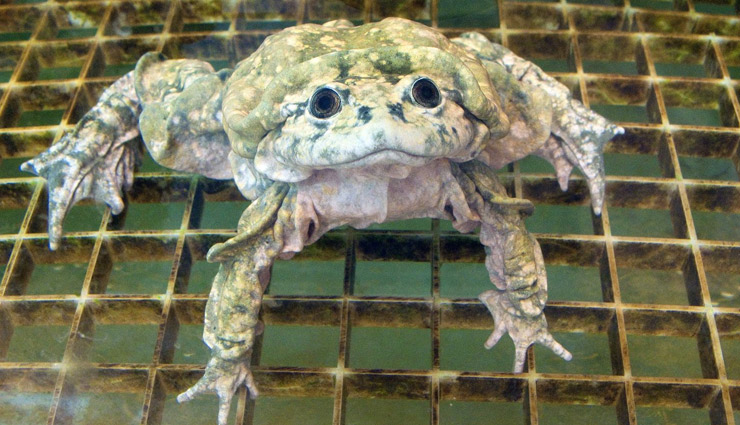
# The Scrotum Water Frog
Imagine walking along and seeing something that could only be described as a scrotum water frog. Okay, now pick it up and eat it. Sounds pretty nasty, doesn’t it? Somebody once did it, and now the animal is close to extinction.
Okay, to be fair, the little guy is formally called the Titicaca water wrog and it is indigenous to Lake Titicaca in South America. It is often called the scrotum water frog because of its excessive skin, which look like a . . . well, you get the idea. The species is nearing extinction and has been listed as critical thanks, in large part, to humans harvesting them as an aphrodisiac.





